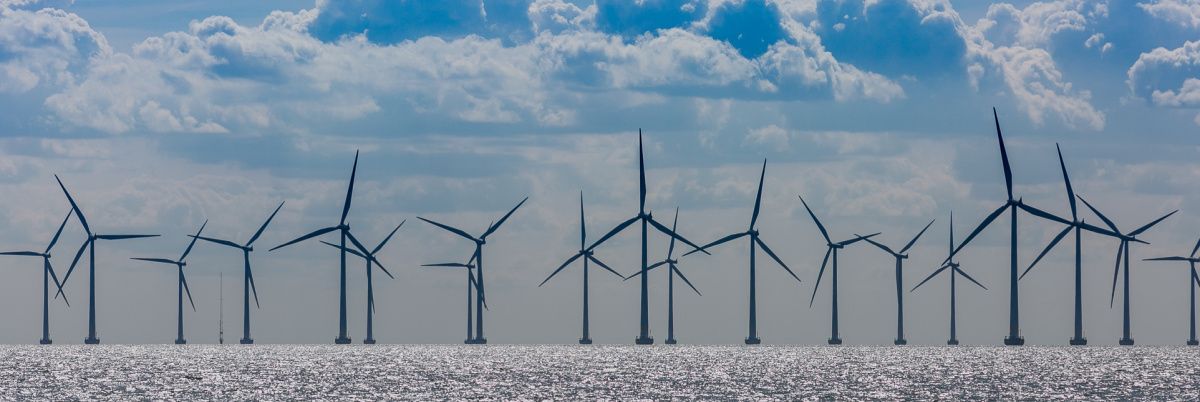In Praise of Libraries

There was no public library in Kent County when I was growing up in Chestertown. But I was lucky — my mother belonged to the Women’s Literary Society, which early in the 20th century founded its own library at the corner of Queen and High streets, half a block from our home. At a young age, it was there that I discovered the huge world that existed beyond my hometown.
Richard Halliburton’s The Royal Road to Romance portrayed exotic places and cultures and awoke a nascent sense of wonder in me. The Earth for Sam and The Stars for Sam by William Maxwell Reed introduced me to the vistas of time and space revealed by paleontology and astronomy. And of course, my imagination was sparked by dozens of story books. Much of who I am was born in the back room — the “children’s section” — of that little library.
Chestertown’s public library arrived in the early 1970s. The Literary Society kept its library open until 2002, after which it held a book sale, donated its extensive Maryland history collection to Washington College, and moved its meetings to the public library annex. (I bought a 20-volume set of Sir Walter Scott’s Waverly novels and several other choice items at the book sale.)
Then there was Washington College’s library, where I had an enviable summer job during my high school years, shelving books and discovering many literary treasures. And of course, I took ample advantage of my school libraries, particularly their science fiction.
I grew up in a book-rich environment even before Kent County had its own library, but those libraries were only open to subscribers, students, or others by special permission. I believe that a good public library, open to everyone, is one of the richest resources a community can have. And today’s libraries open an even wider world than the one I found in my youth.
It’s not just books, magazines, and newspapers anymore. Movies, videos, music, online courses, and internet access are available to anyone with a library card. Best of all, it’s available at no charge! One of the best uses of our tax money — supplemented by charitable contributions — is to pay for public libraries.
With 25 public library branches across the Eastern Shore — at least two in each county — there’s a library near everyone. And that’s not counting college libraries, often available to the public.
To find your library branch, go to the Maryland State Library Agency website and search by zip code or county. The link will take you to county library’s home page, where you can find branch addresses and operating hours, programs and classes, a link to the digital library, and more.

If you haven’t been to your library recently, you’re likely to be surprised at the resources available. There are books galore, of course, fiction, non-fiction, large print, references, e-books, audiobooks, and picture books, including bestsellers. If a title you want isn’t available in your branch, you can ask for it on interlibrary loan, or borrow an e-book from elsewhere in the system.
You don’t have to trek to your local library to enjoy its riches. Most are available online, day and night. An astonishing number of books, movies, music, and educational courses are available from your computer. You can borrow an e-book at 3am or stream a movie to your tablet on a Sunday afternoon. And you can’t lose an e-book or forget to return it on time; these digital loans return themselves automatically. Go to your library’s home page for links to all these resources.

Friends of the Library or equivalent groups in every community raise funds for acquisitions, repairs, and improvements, often through book sales. Why not join them in 2024? You can be a part of these fabulous book sales by donating, volunteering, or buying books.
If you don’t already have one, get a library card. Not only does it allow you to access the printed book collection, it opens the door to a range of e-books and online resources.
Hoopla, for example, has a nice selection of movies you can stream to your home computer or TV. Overdrive, via its Libby software, lets you borrow up to 10 e-books or audiobooks at a time, and a wide selection of digital magazines. Newsbank gives you access to newspapers, including such local journals as The Bay Times, The Capital, Dorchester Star, Kent County News, Record Observer, Star Democrat, and The Times Record.
If you’re interested in genealogy, the library offers access to Ancestry.com and other resources to help you research your family history. There are online tutorials for using these online resources, or a librarian can show you how.
Getting a library card also supports the library by adding to its number of users — a number the library’s administrators will almost certainly cite when seeking public financial support. While you’re at it, take your kids or grandkids along and get them cards. Encourage them to use the card and to take part in library programs for younger people. It’s one of the best things you can do for them — and for yourself and the whole community.
Links to county library systems:
Eastern Shore Regional Library – https://esrl.org/
Caroline – https://www.carolib.org/
Cecil – https://www.cecilcountylibrary.org/
Dorchester – https://www.dorchesterlibrary.org/
Kent – http://www.kentcountylibrary.org/
Queen Anne’s – https://www.qaclibrary.org/
Somerset – http://www.somelibrary.org/
Talbot – http://www.tcfl.org/
Wicomico – https://www.wicomicolibrary.org/
Worcester – https://worcesterlibrary.org/
Peter Heck is a Chestertown-based writer and editor, who spent 10 years at the Kent County News and three more with the Chestertown Spy. He is the author of 10 novels and co-author of four plays, a book reviewer for Asimov’s and Kirkus Reviews, and an incorrigible guitarist.
Common Sense for the Eastern Shore







